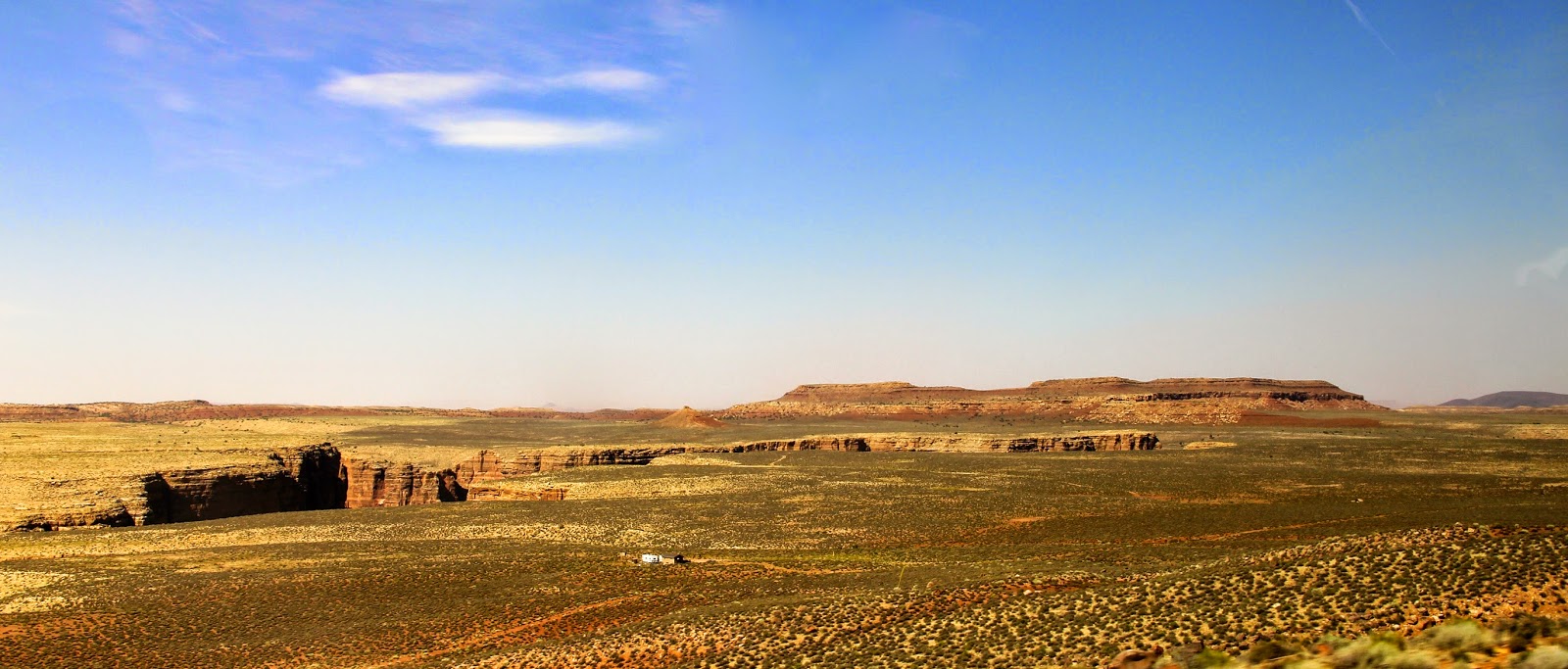Day 2.2 Moenkopi Mars Analog
The Moenkopi is a layer of red sandstone that sits on top of the Coconino limestone that is the top strata of the Grand Canyon. It is a late deposit and our goal as Martian geologist apprentices was to find signs of habitability.
"Follow the water." Has been the mission goal/directive thus far of the NASAs Mars Exploration Program. Doing so has led the orbiters, landers and rovers to find signs of the ingredients necessary to support life. I write this on the 1st Martian Year for MSL Curiosity. MSL has successfully found signs of habitability in Yellowknife Bay. I witnessed the launch from the Kennedy Space Center Press Site, standing year the infamous countdown clock, and witnessed Entry, Descent & Landing at Goddard Space Flight Center. I've met several of the NASA Mars scientists and engineers at various events. I've followed Curiosity as she made every wheel skuff, selfie, drill hole, and drive. I've held my breath, cheered, and even shed a few tears over the past three years. But like every other human, I've not experienced Mars first hand. The visit to the Moenkopi Mars Analog site is the closest place on Earth to Yellowknife Bay on the floor of Gale Crater that I've ever seen.

We left the South Rim of the Grand Canyon and passed through the Little Colorado canyon. An equally beautiful canyon that cuts through the Navajo and Hopi Nations. Hogans and trading posts were scattered along the road. The landscape was expansive. The wide plains intersected by canyon cuts and volcanic mountains.

Pulling off the main road onto a narrow gravel road, the dry "Mars on Earth" landscape began to take shape. Our "EDL" kicked up a huge clouds of dust as we made our way to the "landing" site. It truly felt as if we had landed on the floor of Gale Crater. Cinder cones of the San Francisco volcanic field were on the horizon, and we were in the middle of a huge red plain. It was easy to understand why NASA chose this as a training and proving ground for Mars missions, including testing rover operations and mobility and Desert RATS. The winds were strong and steady, easily more than 30 miles per hour, making it challenging to walk and hold onto our clipboards. Our charge, like MSL: "Find signs of habitability."

We split up into teams of 3 or 4, and everyone slowly walked onto the slabs of red sandstone and red dust. We scanned the ground at our feet looking for clues in the rock that ancient water was here. We searched for ripples and mud cracks preserved in the rock. And we found them! This landscape had indeed once been covered with water. The water, along with the minerals necessary to support life has been here. Like Curiosity, we were able to declare mission success!




 Posted with Blogsy
Posted with Blogsy
No comments:
Post a Comment